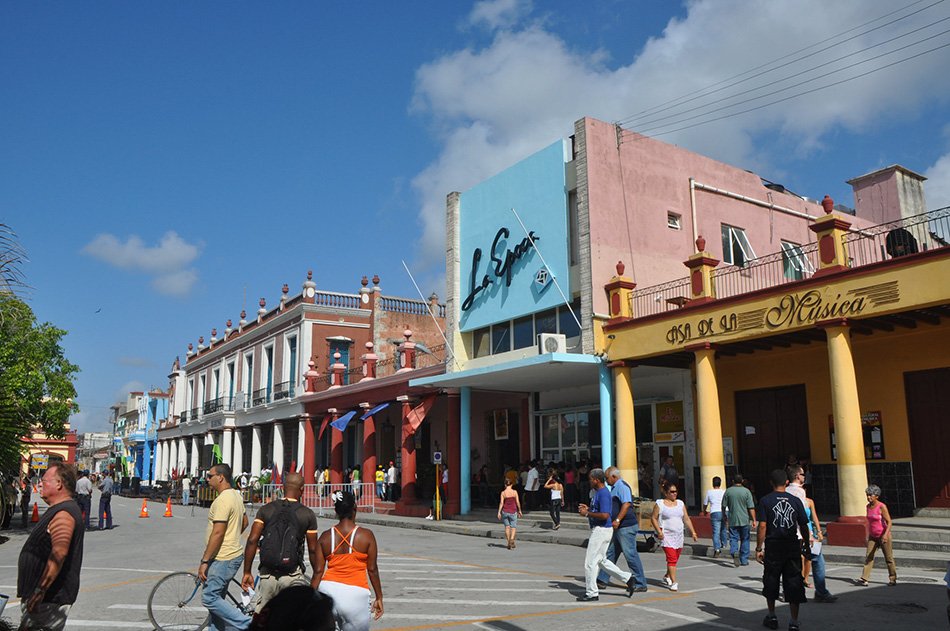The Colombian economy grew during the second quarter 12.6%driven especially by the branch of commerce, manufacturing industries and public administration.
(Budget: amount, investment and sources, revisions for 2023).
Although eleven of the twelve branches of activity measured by the National Administrative Department of Statistics (Dane) showed positive behaviors, and the mining sector had a neutral dynamic, with a variation of 0.0%At the subsector level, performance was more diverse.
With a contribution of 4.4 percentage points to the total variation, the group of commerce, transportation, accommodation and food services was the one that moved the economy the most, after growing 23.3%.
Over there, retail and wholesale trade, including the repair of vehicles and motorcycles, grew 14.1% in the quarter. In the case of transport, the variation was 31.5%, where land transport grew 21.7%, by river and sea the variation was 15.3% and air transport stood out for its recovery of 141.8% . On the lodging and food services side, the expansion was 36.2% in the quarter.
(The trade deficit reached US$6.81 billion through June.)
“What has helped the most to reactivate the economy is the reactivation of many events such as the Vallenato Festival, the Theater Festival, all those types of events that not only the events per se, cause the economy to reactivate, but also the hotel industry and tourism, travel and everything related to it” explained Sergio Olarte, chief economist at Scotiabank Colpatria.
Artistic, entertainment and recreation activities and other service activities, which are counted according to official statistics as a single group, grew by 33.2% between April and June compared to the same period in 2021.
“The normalization of economic activities (without the effects of the national strike and with the continuation of the reactivation of economic activities), favored the resumption of festivals, fairs, folkloric and national holidays and the realization of the second day without VAT,” said Andrés Felipe Medina , BBVA Research economist for Colombia.
(How are the ‘avalanche’ and ‘snowball’ methods to pay off debts).
The industries
Manufacturing appeared as the second branch with the greatest boost in GDP in the second quarter, with an expansion of 20.3%, which translated into 2.5 percentage points of the 12.6 variation points.
Within the group, One of the activities that most often drives the economy due to its relevance is the production of food and beverage products.which in the last quarter showed a variation of 15.7% in its production.
Likewise, the manufacture of textile products and the manufacture of clothing grew 30.3%, while the work related to leather tanning and the manufacture of footwear and leather goods showed an increase of 27.3% in its manufacturing processes. compared to the same period in 2021.
Another subcategory that stood out within manufactures for the second quarter of the year was that referring to the production of chemical and pharmaceutical products, which saw a variation of 20.8%. It is also worth mentioning the 41.8% growth in the manufacture of vehicles and other motor vehicles.
the primary sector
Primary activities, the agricultural sector and mining and quarrying, are the sectors that show the most modest growth, 1.0% and 0.0%.
In the first group, while agricultural crops grew 1.2% in the quarter, livestock only expanded 0.3%, and fishing and aquaculture grew 4%, the cultivation of coffee marked down the dynamics of the sector, with a variation of -1.2%.
On the side of the exploitation of mines and quarries, there was a fall of 9.0% in the extraction of coal, added to the negative behavior of the extraction of metal ores (-9.9%), pushed the sector down. This was offset, on the other hand, by a 5.3% growth in the extraction of crude oil and natural gas.
“It is worth highlighting the increase in oil production (1.4%) after several quarters of decline in the segment, but which was not enough to offset the decline in the extraction of metal ores, especially gold. For its part, the negative surprise was due to the sharp drop in coal production (-12%) compared to the first quarter of 2022, thanks to the departure of the Prodeco group from the country,” commented Bancolombia.
BRIEFCASE








